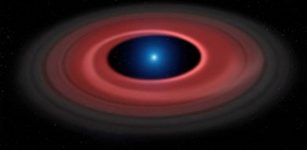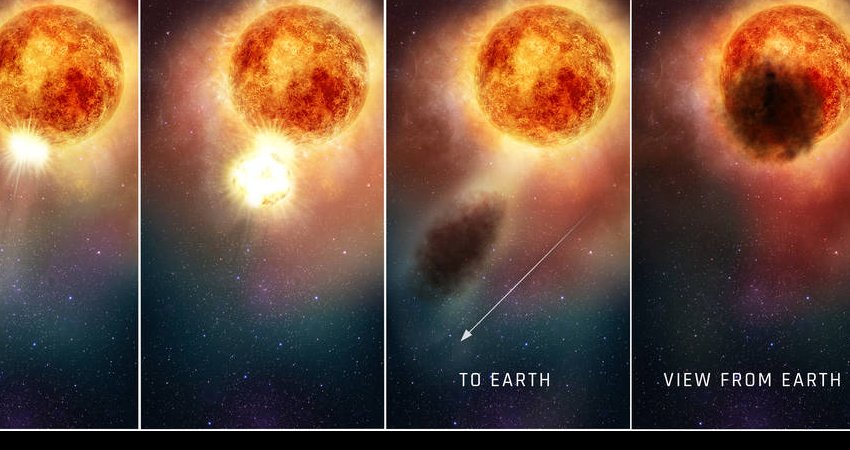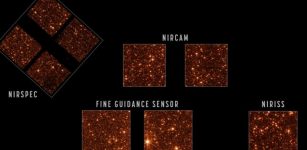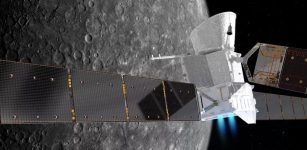Unique Cepheids Helped Astronomers To Discover Hidden Feature Of Milky Way
MessageToEagle.com – Astronomers using the VISTA telescope at ESO’s Paranal Observatory have discovered a previously unknown component of the Milky Way.
A thin disc of young stars buried behind thick dust clouds in the central bulge has been found, when astronomers mapped out the locations of a class of stars that vary in brightness called Cepheids.
Led by Istvan Dékány of the Pontifical Catholic University of Chile, the team has now used data obtained by VISTA between 2010 and 2014.
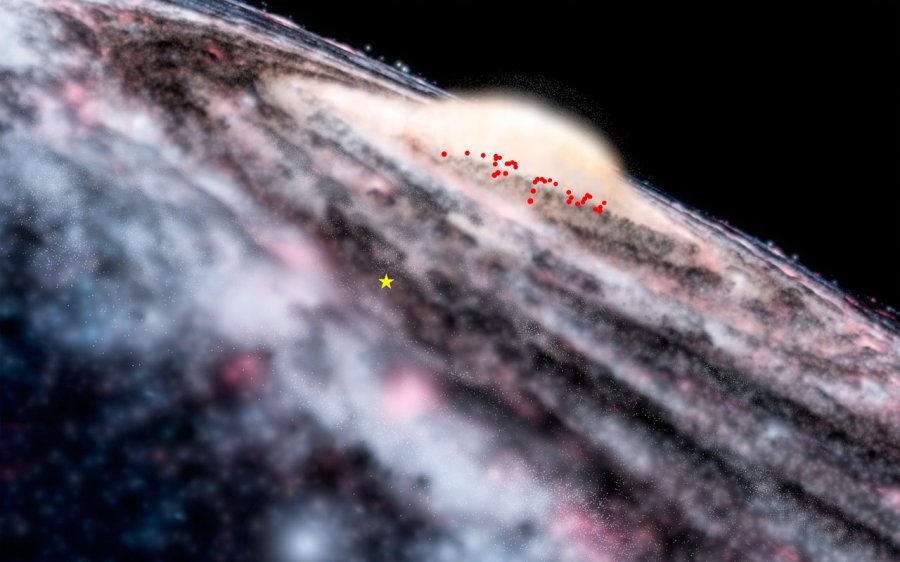
“The central bulge of the Milky Way is thought to consist of vast numbers of old stars. But the VISTA data has revealed something new — and very young by astronomical standards!” says Istvan Dékány, the author of the new study.
The astronomers found 655 candidate variable stars of a type called Cepheids.
These stars expand and contract periodically, taking anything from a few days to months to complete a cycle and changing significantly in brightness as they do so.
The study of Cepheids is one of the most effective ways to measure the distances to, and map the positions of, distant objects in the Milky Way and beyond.
However, Cepheids are not all the same — they come in two main classes, one much younger than the other.
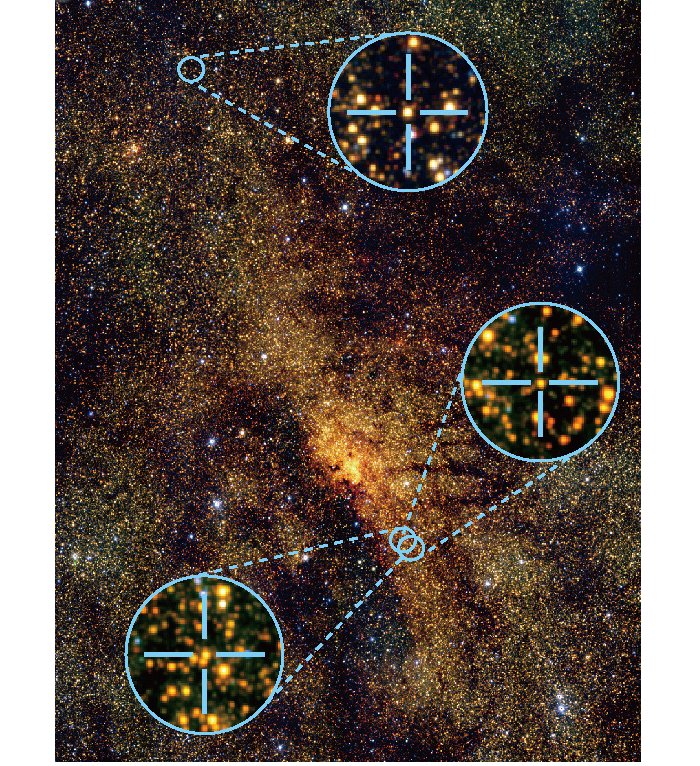
Out of their sample of 655 the team identified 35 stars as belonging to a sub-group called classical Cepheids — young bright stars, very different from the usual, much more elderly, residents of the central bulge of the Milky Way.
“All of the 35 classical Cepheids discovered are less than 100 million years old. The youngest Cepheid may even be only around 25 million years old, although we cannot exclude the possible presence of even younger and brighter Cepheids,” said the study’s second author Dante Minniti, of the Universidad Andres Bello, Santiago, Chile.
The ages of these classical Cepheids provide solid evidence that there has been a previously unconfirmed, continuous supply of newly formed stars into the central region of the Milky Way over the last 100 million years
VISTA was designed to study the Milky Way’s deep structures by wide-field, high-resolution imaging at infrared wavelengths.
“This study is a powerful demonstration of the unmatched capabilities of the VISTA telescope for probing extremely obscured galactic regions that cannot be reached by any other current or planned surveys,” remarks Dékány.
Research is published in Astrophysical Journal Letters.
MessageToEagle.com
source: ESO



